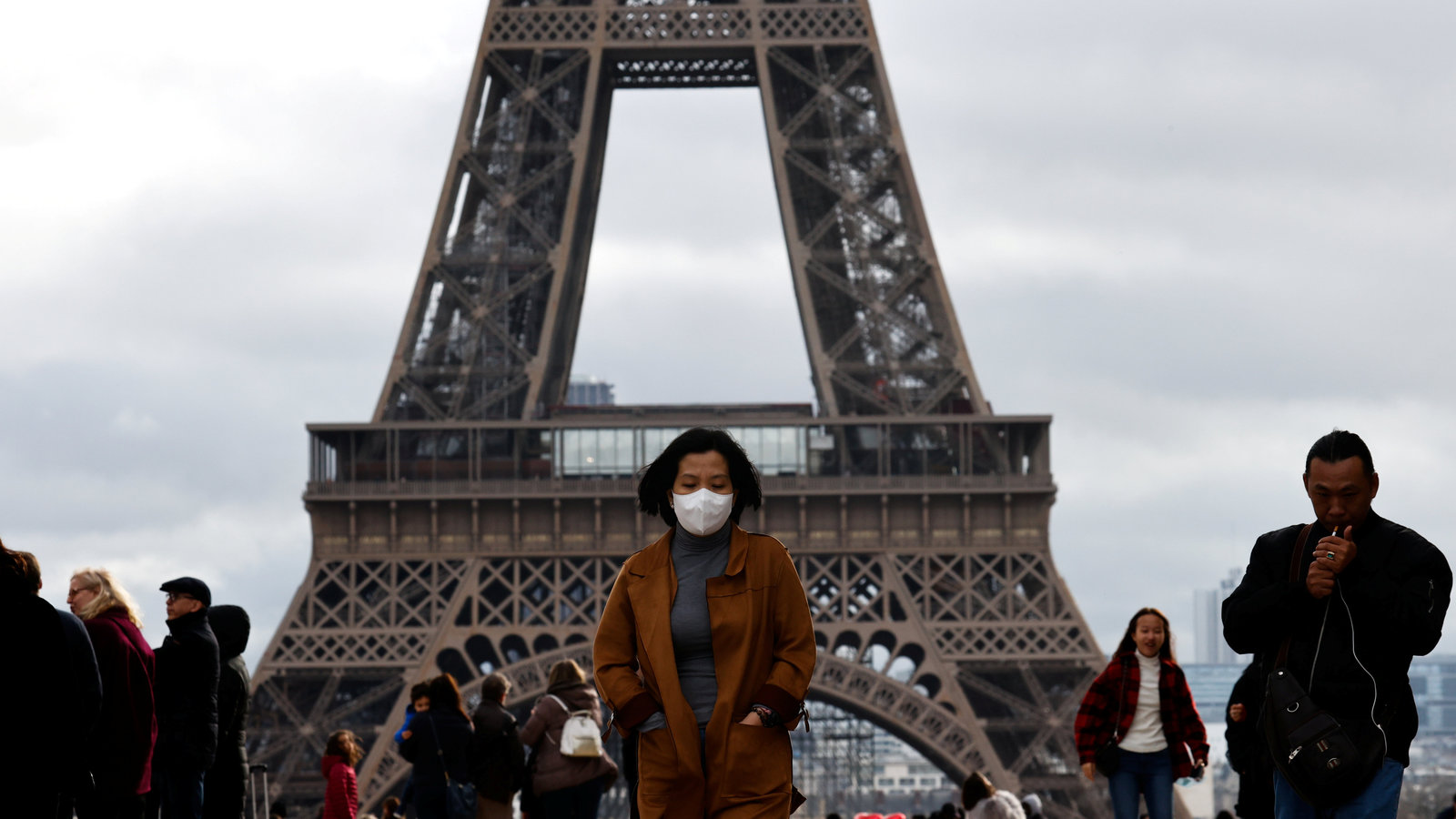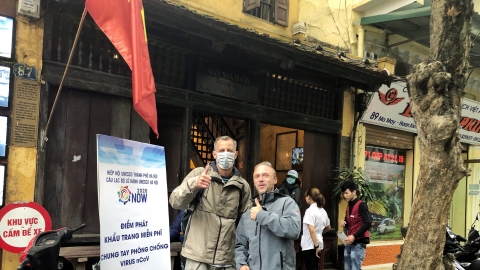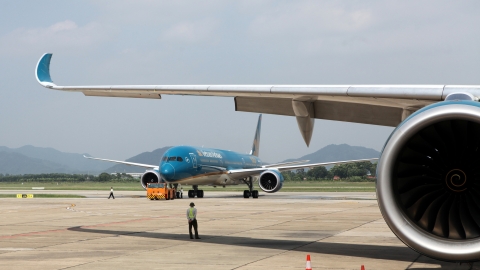OUTPERFORMING RESULTS IN THE FIRST STAGE OF PREVENTION
On February 25, Deputy PM said Vietnam has so far achieved the positive results in controls for the Covid-19 epidemic, which is lauded by the WHO. Up to now, all 16 confirmed cases in Vietnam have recovered; 1 suspected case is being quarantined; 6,470 people were in normal health but still isolated because they had contact with the suspected.
However, in a new stage with the situation worsening in South Korea, Japan Iran and Italy, the Deputy PM quickly issued new instructions and measures to strengthen epidemic prevention and control across the country.
In Hanoi, the epidemic prevention and control has been strengthened. On the night of February 25, the Hoan Kiem District Police in collaboration with the local wards’ police conducted a check on the prevention of the Covid-19 epidemic in bars, restaurants and karaoke. The entertainment centers in the old town all comply with the medical regulations on prevention and control of Covid-19. All entertainment centers in the busiest area of Hanoi are equipped with medical masks, alcohol-based handwashes for employees and customers.
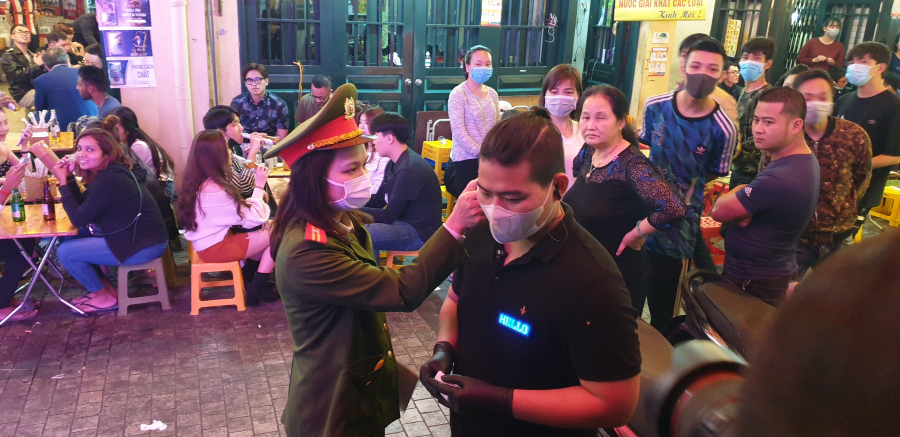
Hanoi has also implemented school sanitation and disinfection four times and this weekend it will continue to be done to prepare for students to return to school in March. In addition, the city organizes training for more than 5,000 officials and teachers in Hanoi on sanitation, disinfection and epidemic prevention in schools.
TRAVELERS FROM EPICENTERS ARE DENIED ENTRY
The Deputy PM asked the Ministry of Foreign Affairs to notify South Korea and other novel coronavirus-hit countries about epidemic prevention measures are being implemented in Vietnam - including tightened controls for people coming in from or going through an epicenter. Those who enter Vietnam for official or special purposes will be placed in quarantine for a minimum of 14 days.
The Ministry of Foreign Affairs recommended that Vietnamese citizens not go to epidemic-stricken areas, except when it’s necessary; and those who have to go must be placed in quarantine for a minimum of 14 days when they return to Vietnam.
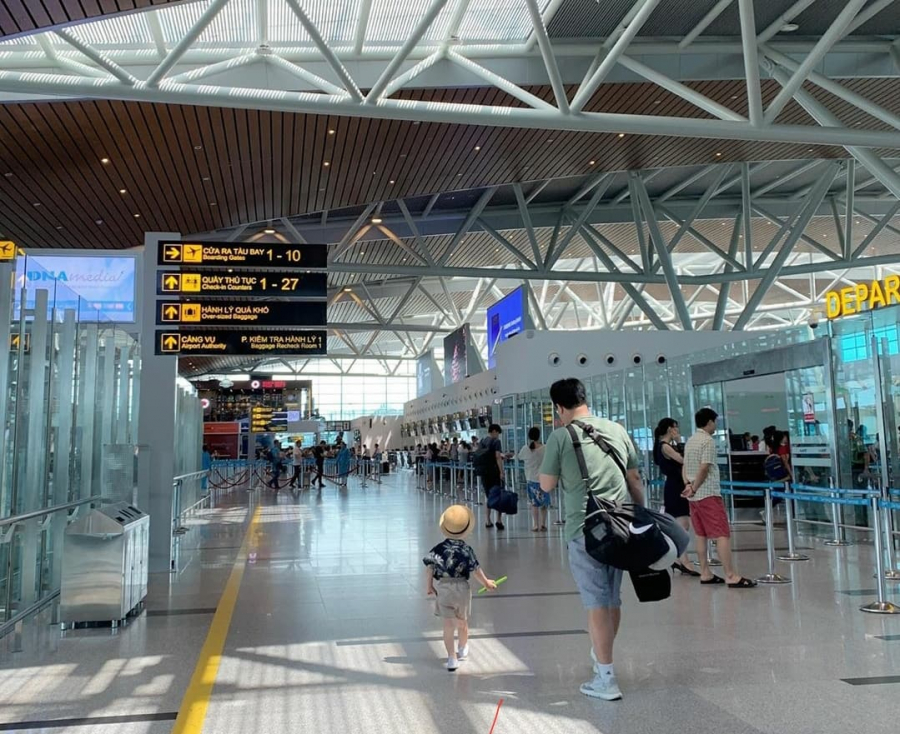
The Ministry of Foreign Affairs also asked the Vietnamese living and working in South Korea to comply with the local governments' prevention and control guidelines. For Vietnamese citizens in Chinese epidemic-affected provinces, they can only return to their home through international border gates. Vietnam will continue to strictly control people crossing the border paths.
QUARANTINE VISITORS FROM FROM SOUTH KOREA
The Ministry of Health sends a dispatch to the People's Committees of the provinces and cities on the isolation guidelines for people returning from South Korea. Accordingly, in addition to mandatory health declarations for passengers arriving from South Korea, the Ministry as also urged local provincial authorities to quarantine travelers arriving from Daegu and North Gyeongsang province (South Korea) for 14 days according to the previous guidelines.
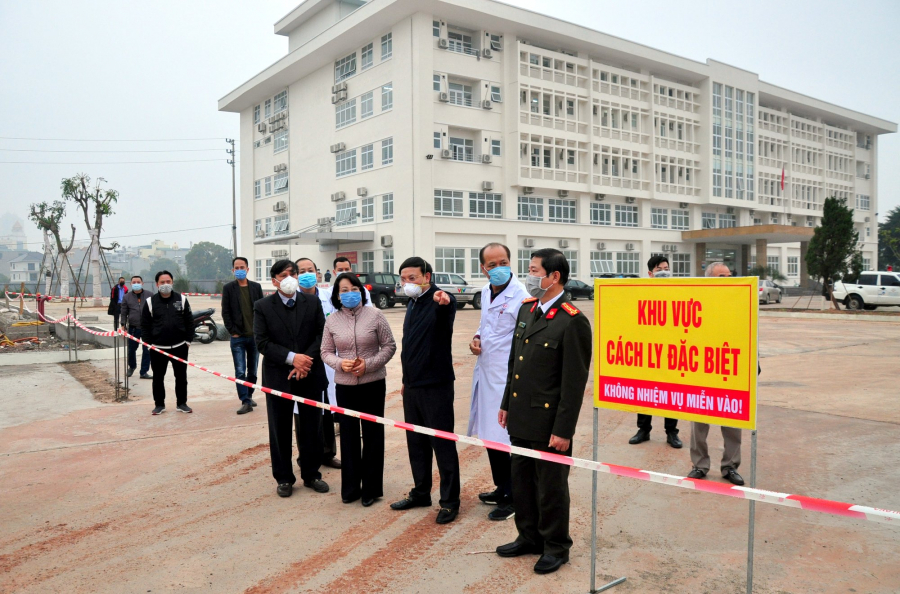
The local provincial authorities also require to be notified about immigration cases from South Korea, especially those coming in from or passing through the Daegu and North Gyeongsang that have entered Vietnam since February 9 to carry out medical surveillance and timely quarantine according to instructions.
RESCUE PLAN FOR VIETNAMESE EMPLOYEES FROM EPIDEMIC AREAS
Dao Ngoc Dung, the Ministry of Labor - Invalids and Social Affairs required the Department of Employment to draw a detailed plan aims to ensure absolute rights of Vietnamese workers in the coronavirus-hit countries. The Department needs to prepare a plan to support Vietnamese employees to return home, be isolated and treated with scale of 1,000 - 5,000 people or 5,000 - 20,000 people; and a back up plan in case other markets stop accepting employees.
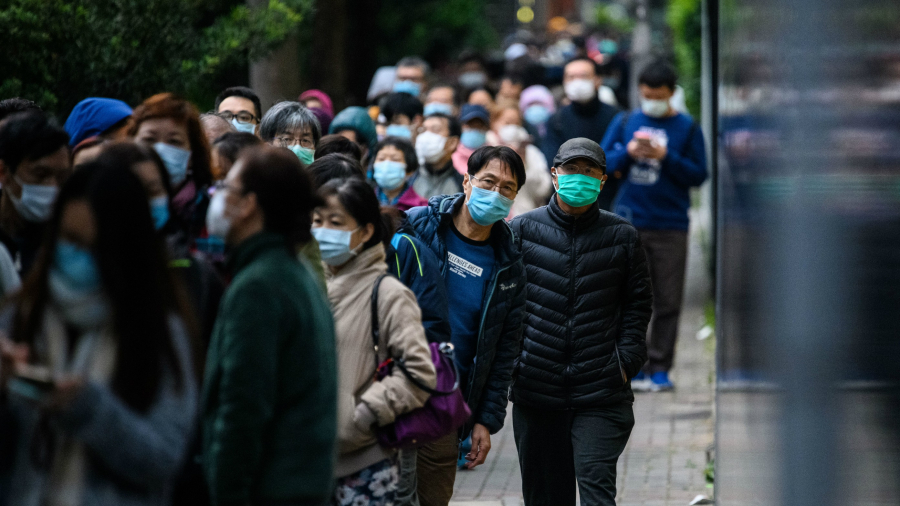
The Department is also required to calculate the plan to support domestic enterprises in the absence of foreign workers and experts, because it is likely that the Ministry will stop issuing licenses to work with experts from the epidemic areas.
According to Nguyen Gia Liem, the Deputy Director of Overseas Labor Administration, South Korea currently has over 48,000 legally Vietnamese employees and about 11,000 illegally Vietnamese employees. In particular, in Daegu, the epicenter of South Korea, has about 1,000 Vietnamese. Up until now, the Department has recorded no Vietnamese infected with Covid-19 in South Korea and Japan.
ABOUT 30 LABS IN VIETNAM CAPABLE OF TESTING FOR COVID-19
Testing is one of the important activities for early and accurate detection of pathogens. According to the Department of Preventive Medicine (Ministry of Health), there are about 30 laboratories across Vietnam are capable of testing for COVID-19 at present.
- Institutes: National Institute of Hygiene and Epidemiology in Hanoi, Pasteur Institute in Ho Chi Minh City, the Pasteur Institute of Nha Trang in Khanh Hoa province, the Institute of Hygiene and Epidemiology of the Central Highlands in Dak Lak province, and the National Institute of Malariology-Parasitology-Entomology in Hanoi
- Disease control centres in Hanoi, Da Nang city and the provinces of Quang Ninh, Thanh Hoa, Bac Ninh, Bac Giang, Ha Tinh and Lao Cai
- Hospitals: National Hospital for Tropical Diseases, Bach Mai Hospital and National Children’s Hospital in Hanoi; Hospital for Tropical Diseases and Cho Ray Hospital in HCM City; Hue Central Hospital in Thua Thien-Hue province
- Some other facilities: National Veterinary Institute; Military Institute of Hygiene and Epidemiology; Vietnam-Russia Tropical Centre; Central Veterinary Diagnostic Center; 6 regional veterinary offices
COVID-19 DEATH TOLL IN CHINA DECREASES
The China Daily cited figures from the China’s National Health Commission that on February 24, 71 more people died from Covid-19, bringing the number of deaths to 2,663. This is the lowest increase in more than 2 weeks. Among the new deaths, 68 cases were at the epicenter of Hubei. Yesterday, new infected cases in mainland China increased by 508 (in which Hubei accounted for 499 cases), bringing the number of Covid-19 infections to nearly 78,000.
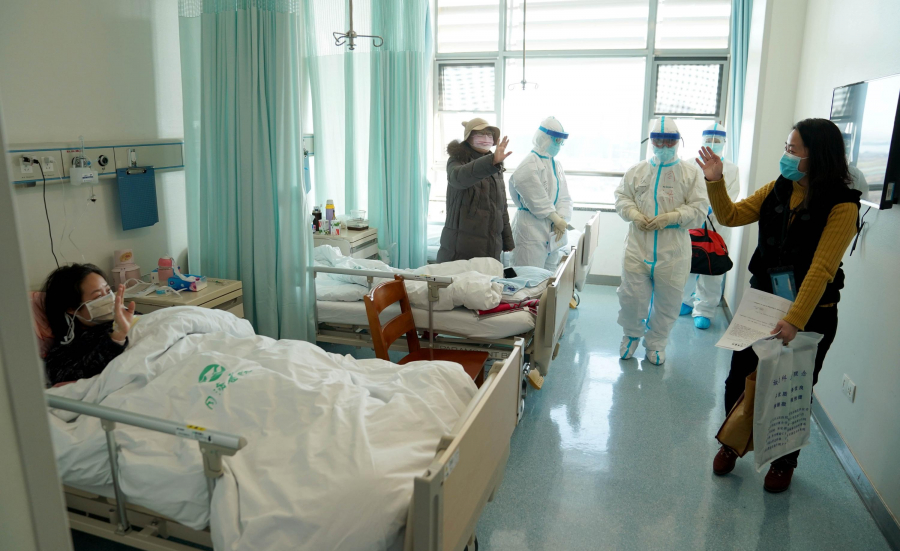
The Covid-19 epidemic in China appears to be under control as the number of new infected cases as well as the number of deaths decreases. A team of experts from the WHO came to China and lauded the decision to seal off Wuhan, saying it was a factor to help prevent the spread of the epidemic. While the Covid-19 outbreak in China began to show signs of being under control, it tended to spread and evolve complicatedly in many other countries.
COVID-19 CASES EXTEND TO THE MIDDLE EAST
As of February 26, official figures show that Iran had 15 deaths out of a total of 95 infected cases. But the most worrying thing has been happening: Covid-19 broadens reach to many Middle Eastern countries and created concern about outbreaks in this area.
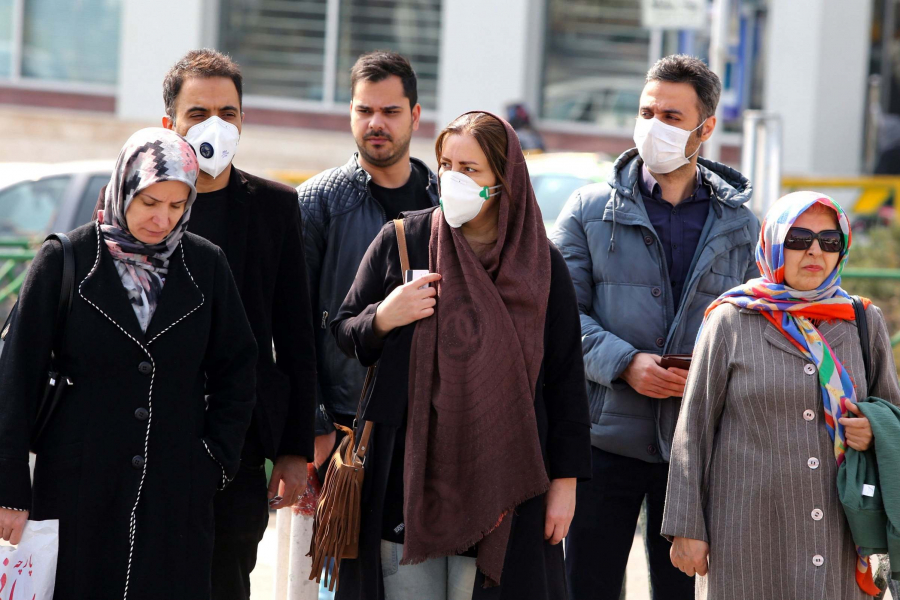
After Iran confirmed the first case on February 19, Israel and Lebanon also reported their infected cases on February 21. On February 24, it was Bahrain, Kuwait, Afghanistan and Oman that reported infected cases. In the afternoon of the same day, Iraq reported the first case of infection.
The Iraq government had previously taken many measures to prevent the spread of the epidemic, and it also reflected the turmoil in the Middle East when countries closed borders’ gates. On February 23, Turkey, Pakistan, Afghanistan, Georgia and Armenia closed borders to Iran. Most countries are closed borders to Iran because all confirmed cases are of travelers from Iran.
THREE EUROPEAN COUNTRIES CONFIRM COVID-19 CASES
According to statistics on the morning of February 26, Italy not only became the largest epicenter in Europe with 323 cases and 11 deaths but also was thought to be the cause of spreading the epidemic to 3 other countries in Europe, which are Austria, Croatia and Switzerland. 2 confirmed cases in Austria has visited Northern Italy; 1 case in Croatia has just returned from Milan (Italy); while Switzerland refused to provide information about their patient's journey.

WORLD MUST PREPARE FOR PANDEMIC, SAYS WHO
World Health Organization (WHO) chief Tedros Adhanom praised China's aggressive efforts to wrest the epidemic under control, but warned that the world was not ready for a major outbreak and called on countries to prepare for the response.
After spending two weeks investigating the situation in China, the WHO experts concluded that measures to seal of the cities, shut down business and school and ban the gathering of people could prevent nCoV from infecting hundreds of thousands of people. However, they also warned that these measures are unlikely to be implemented in Western countries that uphold citizens' freedoms.
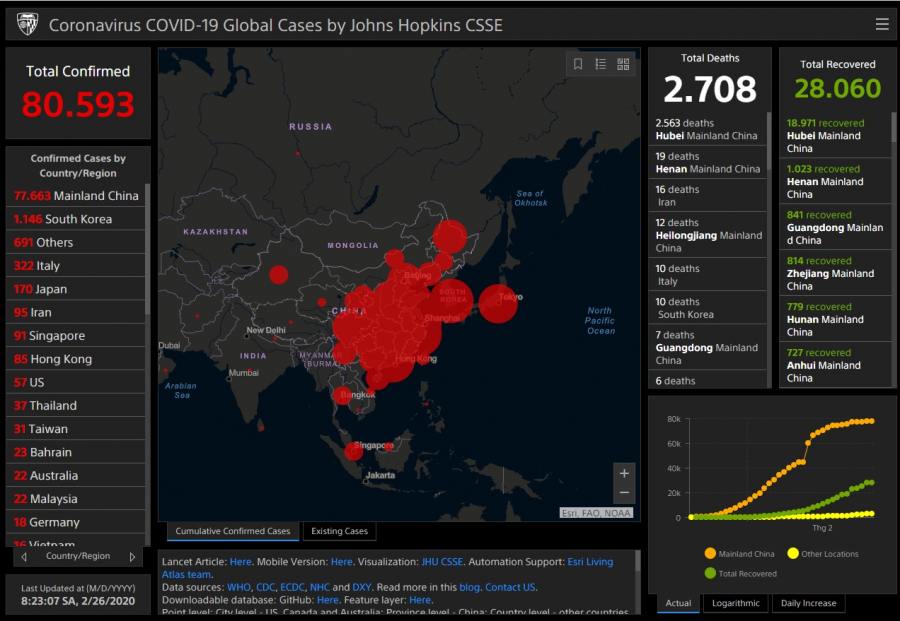

 VI
VI
 EN
EN



